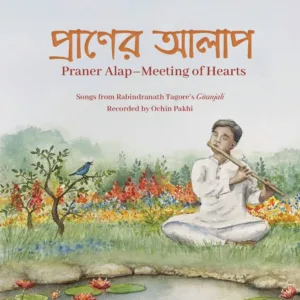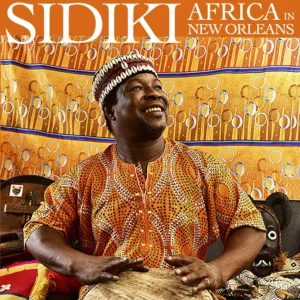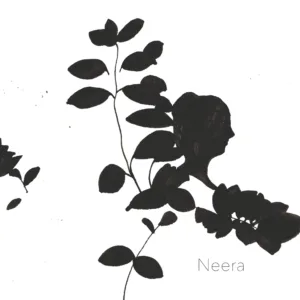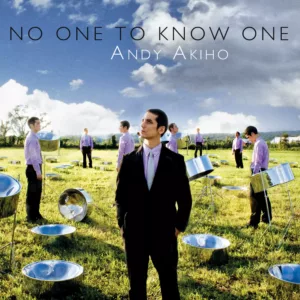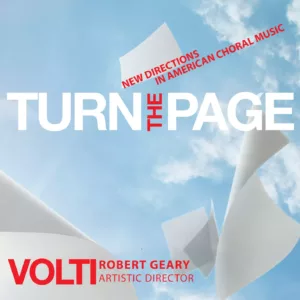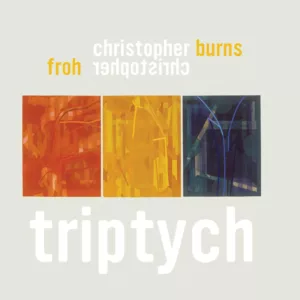Intensely cinematic (though hardly any movie you would have seen), the rare beauty of the Fantastic Merlins begins with the group’s unusual blend of tenor saxophone (Nathan Hanson), cello (Jacqueline Ferrier-Ultan), bass (Brian Roessler), and drums (Federico Ughi).
What’s been called their gift for the psychedelic is really more of an alchemical interplay. Like the bass-piano-clarinet dynamics of Jimmy Giuffre’s Freefall, the group executes a sensual game of freeze-tag between figure and ground. At moments angular and aggressive, but rarely ever austere, the music’s textural elements breathe exceptional warmth into elliptical spaces. Bass, cello, saxophone intertwine for a honey-rich choral effect, splinter with steely “abkratzen,” and epitomize chamber music (both in the sense of containment and a subversive sense of surface attraction). It’s the soundtrack of a strange and beautiful love affair.
Musically they are the spiritual kin of bass sorcerer Francois Rabbath; Albert Ayler’s vibrational, gospel-tinged sonorities; Frisell’s spacious, meteorological impulses; Sonny Rollins’ hopscotch antics; Morricone’s redolent lozenges of mood and memory; and 1980s shoot-from-the-hip, NYC-downtown avant-gardisms that ricochet between angular swing and curveball poetics. While not outwardly a JAZZ group (in the verse-chorus-bridge-solo-solo-solo sense), the Fantastic Merlins’ approach to rhythm and space is firmly rooted in a freewheeling jazz sensibility.
Jean Cocteau once said, “The public does not like dangerous profundities; it prefers surfaces.” The values of jazz and improvised music are typically an affront to the polite surface of life. Call it a left-handed form of human endeavor, but the Fantastic Merlins’ subversive aesthetics are a threat to The Man. They embrace a daring velocity, a dissonant wail, a noir-ish sense of sensuality, intimacy, and risk, they embody freedom and possess, dare I say, a democratic appeal.

